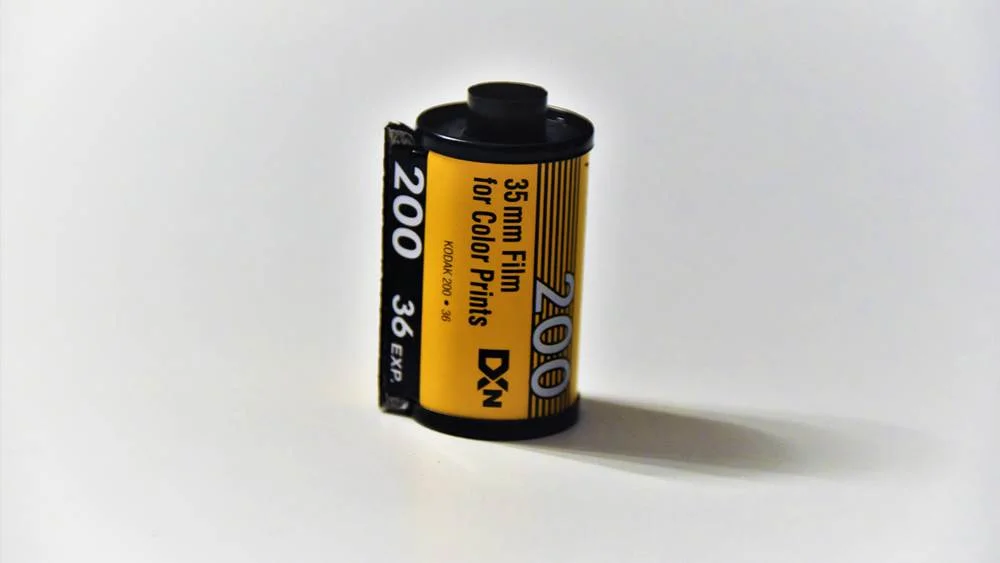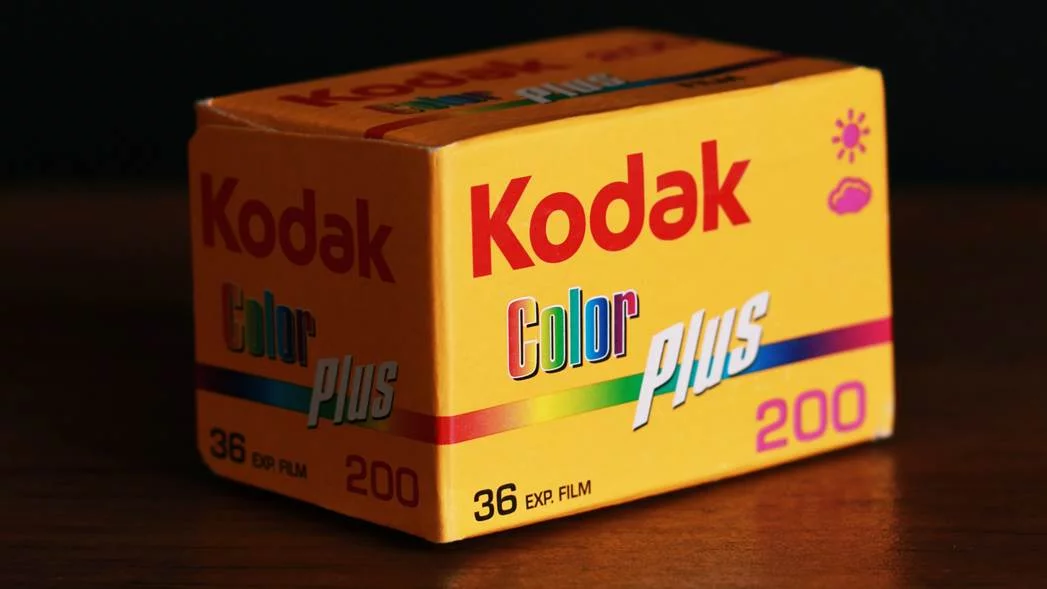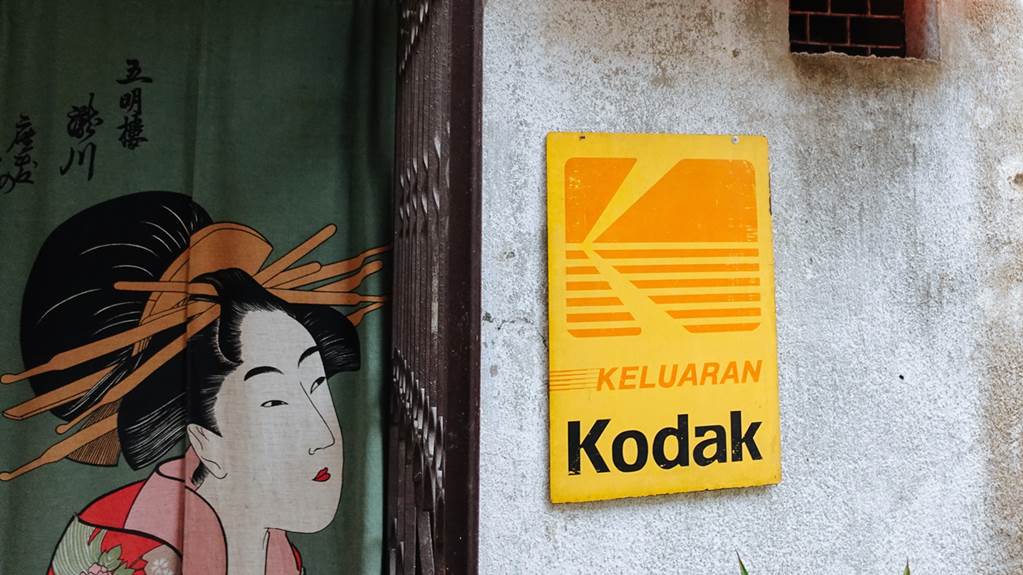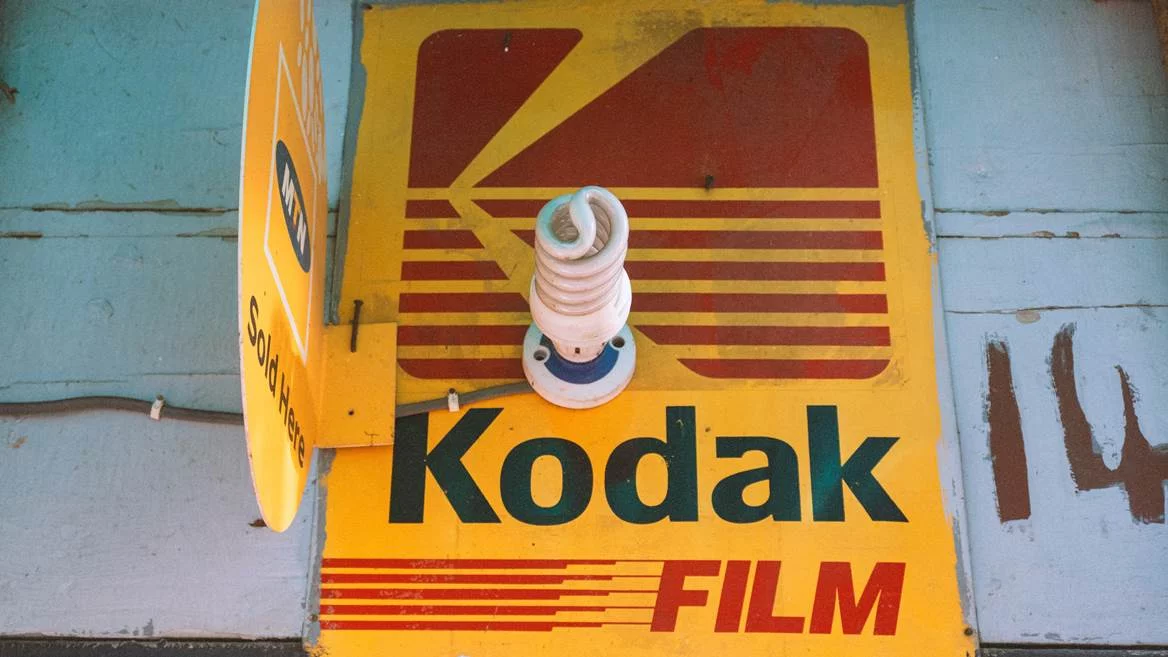This article is about the case study of Kodak failure and decline. The Eastman Kodak Company was founded by George Eastman in 1888. Boarded on a trans-formative ride that saw notable success and a thoughtful decline. Kodak was famous for its photography. However, with technological development through the industry, Kodak confronted unprecedented challenges. That ultimately leads towards the downfall of Kodak Company. The details are explored as below:
Early Success and Dominance:
Kodak became a family to everyone, due to its innovations in film and photography. For much of the 20th century, it dominated the film industry. The company’s slogan “Kodak moment” became identical and flourished new triumphs for it.

-
Introduction of the Kodak Camera:
It was a revolutionary product that simplified the photographic process. At its time it was very easy to use with preloaded roll of film. The revolution was push with such a catchy motto “You press the button, we do the rest.” This marketing strategy accentuated the simplicity of using the Kodak camera. Where photography became easy to individuals without technical expertise.
-
Roll Film Technology:
Before Kodak, photography involved using glass plates. Kodak’s roll film swapped the cumbersome glass plates. That made Photography more convenient and flexible. Later on, roll films were produced on a mass scale. Thus, photography became affordable to general public.
-
Expansion of Services:
Taking a step forward, Kodak introduced a service through which customers used to mail their exposed film for printing. This service made photography even more handy and printable without darkrooms. Furthermore, Kodak introduced new film formats, cameras, and processing methods. This expansion went global by creating robust network in numerous countries which strength company’s status as a leading photography brand.
Kodak’s Digital Missteps:
Kodak’s digital missteps were a crucial factor in the company’s decline and eventual failure. Despite being an early pioneer in digital photography, Kodak struggled to effectively capitalize on the emerging technology. Here are key digital missteps that contributed to Kodak’s downfall:

-
Reluctance to Embrace Digital Photography:
Kodak’s core business was erected around traditional film and paper. The hesitation to embrace digital photography became fatal for its business. Because there was a fear that this new technology may cannibalize its highly profitable film business.
-
Missed Opportunities in Early Digital Innovations:
In 1975, Kodak engineer Steve Sasson designed the first digital camera. However, the company was unable to recognize the real potential of digital photography at that time. Furthermore, the company didn’t invest adequately in the development of consumer-friendly digital cameras. Competitors like Sony and Canon entered the digital camera market and took early success.

-
Misreading the Market Dynamics:
Kodak’s management underrated how rapidly clients would shift to digital photography. On the other hand they believed that film would remain dominant for a longer period. Late Entry of Kodak into digital camera market cost it huge because till then other companies have already eroded Kodak’s market share.
-
Failure to develop Digital Printing and imaging:
With the popularity of digital camera, the request for traditional film and prints declined. Kodak failed to successfully transform its business model to focus on digital printing services. As a result, Competitors like Hewlett-Packard and Epson expanded and Kodak had to struggle to attain its previous position.

Financial Struggles and Bankruptcy:
-
Tough Competition and Bankruptcy in 2012:
With the popularity of digital cameras, film sales dropped. Kodak faced significant losses due to its deep roots in the film business. Moreover, Kodak’s entry into the digital camera market was behind. By that time competitors like Canon and Sony had already established a reputable name and positions in the market. As a result, Kodak faced strong competition in the digital photography space. The dynamics were so changed and favored the companies those providing quick and cost effective solutions. That was an area where Kodak lagged. Furthermore, in 2012, Kodak filed for Chapter 11 bankruptcy. The company struggled with debt and legacy costs.
-
Financial Challenges and Debt Burden:
Kodak faced huge legacy costs linked with its outdated film and chemical business. Pension obligations and environmental charges, turned out to be a gargantuan financial burden. With time, film sales, declined, that led to Kodak’s inability to generate steady profit. Due to considerable debt amount, the company was unable to invest in latest technologies.
Lessons Learned:
-
Novelty and Adaptability:
Kodak’s failure features the prominence of innovation and adaptability in an era of technological advancement. The company’s hesitancy to move from film to digital photography evidenced deadly.
-
Absence of Visionary Leadership:
Kodak’s leadership failed to foresee the future of photography. A failure to forestall and respond to shifting consumer choices contributed to its decline.
-
Failure to Monetize Patents:
In spite of having valuable copyrights in digital imaging, Kodak struggled to effectively monetize them. As a result, Competitors grabbed opportunities which were missed by Kodak. Moreover, the company’s culture of its film heritage proved challenging for itself.
Post-Bankruptcy and Legacy:
-
Emphasis on Printing and Imaging Solutions:
After emerging from bankruptcy, Kodak shifted its concentration towards printing and imaging. The company downsized significantly and restructured its operations.
-
Legacy and Brand Recognition:
While Kodak’s film business declined, the brand still holds recognition and memories of millions. Now, Kodak remains a cautionary tale about the perils of complacency in the face of technological change.

Conclusion
Today Kodak aims seems to be changed and the focal point shifted to printing and imaging solutions, a strategic pivot envisioned to align with the market requirements. The continuation of operations and restructuring shows a dedication to remain an iconic brand in today’s world. However, Kodak’s story is filled with peaks of trough and crest. The company’s legacy endures, now not solely as a cautionary tale of technological obsolescence but a testimony to the importance of adaptability in industrial transformation. Kodak’s ups and downs serve as a reminder that even giants can fall if they fail to evolve and transform with progress.
















I still remember me and my family memories with Kodak. Such a tragic ending to a remarkable company.